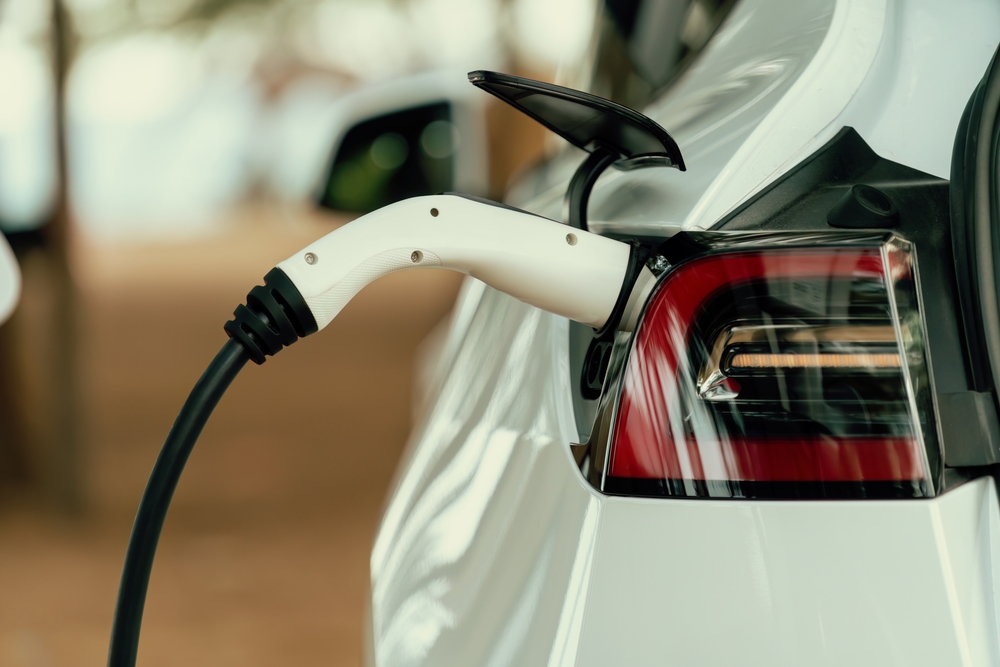The world automobile sector is indeed changing drastically because electric vehicles have begun gaining a hitherto unmatched speed. Rising anxieties regarding global warming, increasing innovations, benevolent governmental regulations, and awareness in customers have helped them be able to get accustomed to environmental concerns are majorly influencing this speed of the rising curve. It’s no fad, but they move forward into the green. An in-depth understanding and coverage of all such elements are undertaken below regarding influencing and consequential elements related to this EV phenomenon.
Environmental Imperative
Electricity is utilized as an energy source for Electric vehicles, EVs, whose electricity can be generated from green sources like solar, wind, and hydrodynamics. This transformation has got tremendous significance. Transportation is the overall largest emitter of greenhouse gases, chiefly because of burning of fossil fuels in internal combustion engine (ICE) vehicles. The emanation results in bad air quality and accelerates global warming that would further give rise to a variety of health complications. Consequently, EVs are one possible remedy for these environmental issues. As compared to traditional means of transportation, electric cars offer an easier approach in terms of not using gasoline but running on electricity generated through renewable sources. The operation of electric vehicles can certainly reduce reliance on fossil fuels as well as cut down on the number of emissions sent into the air, thereby slowing down climate change.
Government Incentives and Regulations
The policies of governments are significant contributors to accelerating EV adoption. Tax incentives, subsidies, and rebates from many countries reduce the price gap between EVs and traditional gas-powered vehicles. Regulatory measures that include setting stricter emissions standards, as well as more ambitious vehicle electrification targets, compel manufacturers to focus on developing their EV offerings and investing in technology. To eliminate concerns over range anxiety, significant investment in charging infrastructure is required. In coordination with private stakeholders, governments are putting up charging stations in public areas, commercial sites, and residential communities to complement the rapidly expanding EV fleet.
Consumer Preferences and Awareness
The growth of awareness about the environment and the change in the tastes of the consumers are further propagating the sale of EVs. The fact that people are now aware of the adverse environmental impact of the conventional vehicles and looking for a sustainable replacement, keeping the demand of EVs is genuinely on the rise. Operating cost is also less, with less demand for maintenance, and it’s also smoother. There are numerous types of EV vehicles now, from small city cars right through to large luxury SUVs. The current diversity in EVs works not only in meeting actual customer’s specific needs but also for marginalizing the Ricardian stigma by those who may perceive it as an inferior or inconvenient form for themselves.
Challenges and Opportunities Ahead
Even after getting much support, EVs are not seen as victors who will slay all odds in the world anytime soon. Lack of charging stations, questions over the short distances you can travel, big purchase costs, and supply chain problems are key factors that hold back today’s prospective vehicle owner. The environmental considerations of the batteries, from their creation to the time they are disposed of, are of major concern for this discussion. The resources for getting raw materials for battery creation, as well as recycling of batteries when they reach the end of their lifetime, are of greater importance that needs to be given attention if EVs are to be environmentally friendly. These setbacks, however, do open up avenues of new thoughts, team efforts, and trade opportunities. As technology concurrently performs better, a better regulatory environment for vehicle use by motorists among companies and government, and the drive of people in need for EV, we are into it for lower costs, performance improvement, thereby removing roadblocks to individuals purchasing electrically powered cars.
Infrastructure Development
The growth of EVs hinges on having enough charging stations. Governments, companies, and groups around the world are putting money into building charging networks. Take the European Union, for instance. They aim to set up 3 million public charging spots by 2030. Car makers are teaming up with charging network providers to speed up the growth of charging spots. This makes it easier and more convenient for people to charge their EVs. New ideas, like clean power and smart pricing, can cut down charging costs and help keep the power grid stable. Getting the word out about these good points can push more people to switch from gas cars to EVs, beyond just the early buyers.
Technological Advancements and Range Improvements
Technological advancements have made electric vehicles much better in their performance and range. Better lithium-ion batteries with higher capacity have boosted driving ranges and cut down charging time. Thanks to these new batteries, companies like Tesla can now travel over 300 miles on one charge without running out of power. Ongoing research to develop better batteries is likely to make electric cars go even further and charge faster addressing a key worry for people thinking about buying one.
Economic Implications
There are vast economic implications behind EVs. The automotive industry is partnering in tremendous investments in the manufacturing and battery projects of the EV. For example, Michigan is investing more than $27 billion in EV manufacturing and battery projects, hence taking over Georgia. Other plans are GM’s Factory ZERO; this is a $1.6 billion battery manufacturing campus situated in Van Buren Township, while Newlab is based in Detroit.
Conclusion
The accelerating growth of electric vehicles, spurred on by numerous elements, represents a significant directional shift towards a sustainable future. Even though there are still hurdles standing in the way, efforts have been made by governments, industries, and users themselves to lead onto a cleaner, greener, and efficient mobility system. The EVs, aside from being a symbol of advancing technology, represent a heartfelt commitment to regenerate the fragile shield of Earth for the next generation.
Also Read: Tesla’s Impact on Modern Transportation

